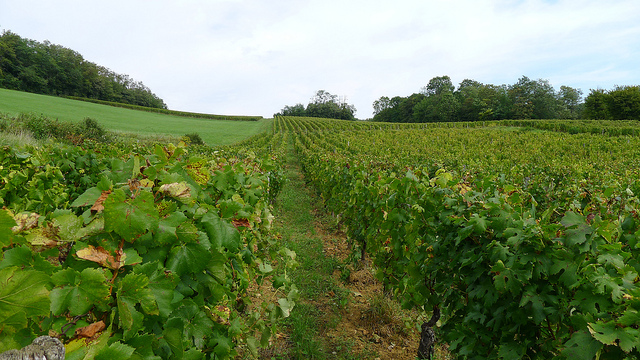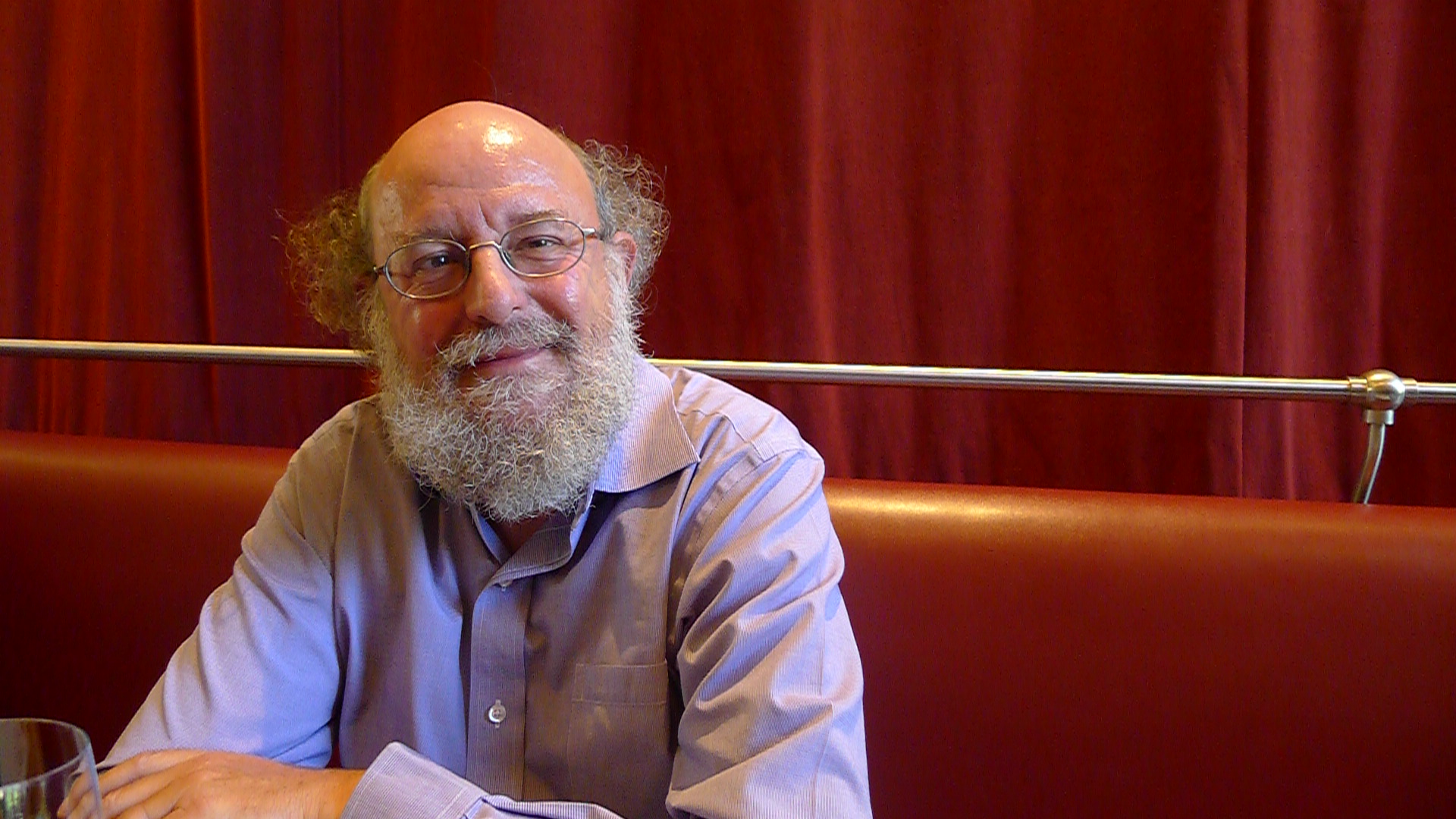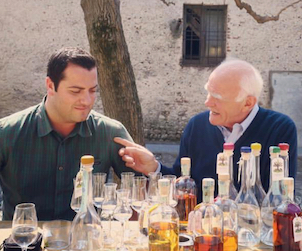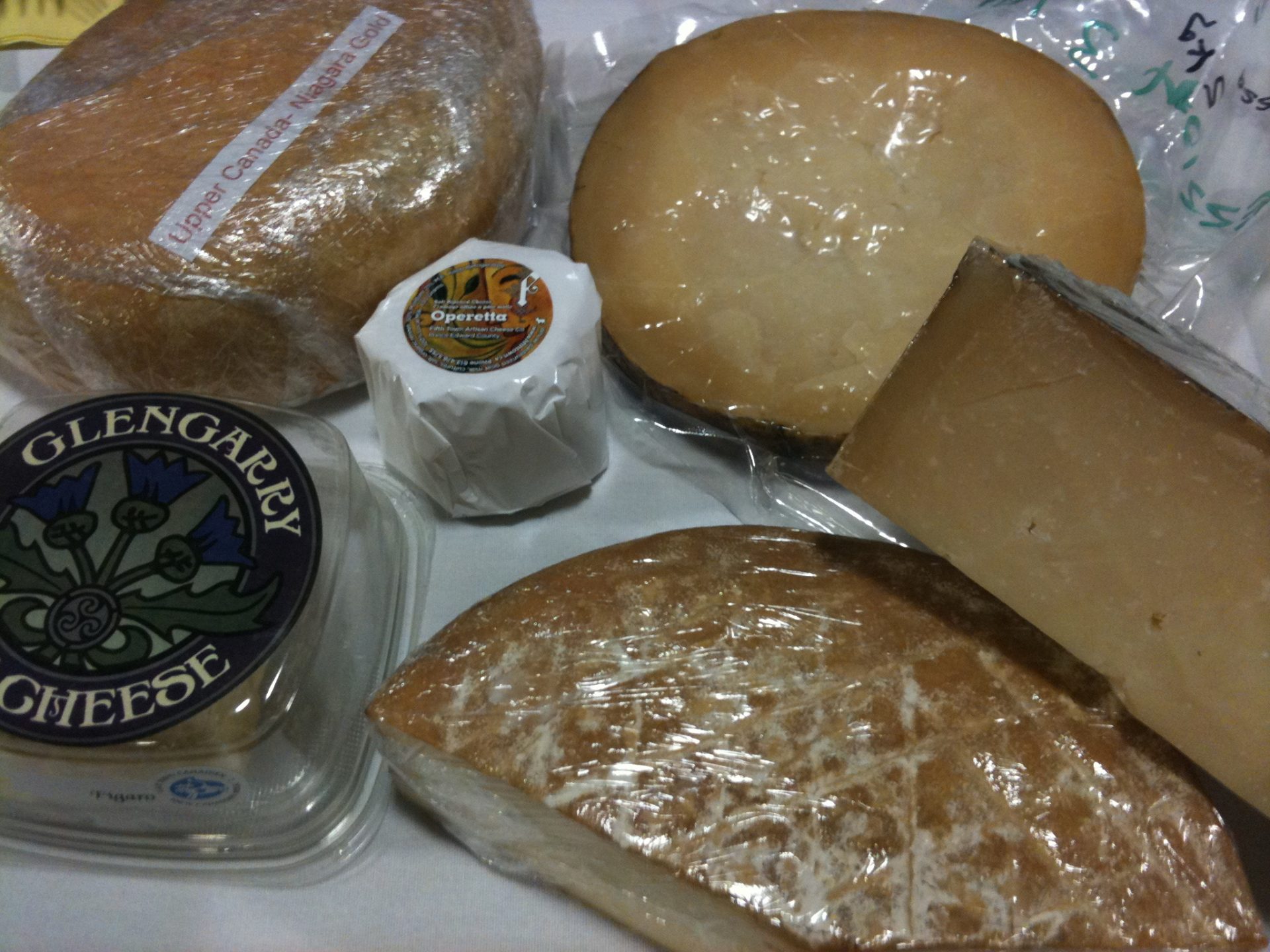By Barbara D. Ritchie

Jura is one of France’s smallest and lesser known wine regions, at less than one percent of the country’s wine production. Situated east of Burgundy near the Swiss border, it stretches 50 miles long and four miles at its widest point. By comparison, California’s Napa Valley extends about 30 miles and ranges from one to five miles wide. The number of hectares of Jura vineyards has shrunk dramatically) over the years (partly due to phylloxera), from 20,000 hectares (the approximate size of the Napa Valley) to 2,000 hectares today. Though the Jura’s wine footprint is small, its diversity of terroir (primarily soils of limestone and marlstone) and microclimates (dry summers and cold winters) makes it one of the most intriguing wine regions of the word.
Jura’s winemaking history dates back to the 1700s. It has four geographical denominations (Arbois, Cotes du Jura, L’Etoile and Chateau-Chalon) and five grape varietals (Poulsard, Pinot Noir and Trousseau in the reds, and Chardonnay and Savagnin in the whites) grown on 200 vineyards.
The oldest and largest wine producing region is Arbois (‘ar’ and ‘bos, meaning fertile land). It became an AOC (Appelation d’Origine Controlee) designated region in 1936, making it the first in France. Arbois produces 4 million litres of wine per year from all five varietals grown on 850 hectares, accounting for 70% of Jura’s reds and 30% of its whites. The Cotes du Jura runs the length of the Jura and produces 2.6 million litres from 600 hectares of vines, from all the Jura varietals. White wines dominate, but it is also the source of the much exalted Cremant du Jura sparkling wines. The L’Etoille AOC, so named for the star shape of its vineyards and the five hills that surround them, is dominated by white varietals Chardonnay and Savagnin. Like L’Etoille, the Chateau-Chalon AOC region is in the mid-part of the Jura. The only wine produced from this hilltop village is the famed Vin Jaune (Golden Wine, made from extremely ripe Savagnin grapes).
Roughly 40% of Jura’s red production comes from the Poulsard and Pinot Noir varietals, with another 20% from the Trousseau grape (‘Bastardo’ in Portugal). Poulsard is a dark, thin skinned varietal. Though its juice lacks colour, it has a high, upfront natural acidity and aromatic, floral notes. It is usually blended with Pinot Noir or Trousseau. Alternatively it is made into rose wines. Trousseau is a late maturing, high acid, varietal that requires plenty of sunshine. It straddles a Pinot Noir and Gamay in style.
Chardonnay is Jura’s largest varietal at over 40% of its vines. In this environs, it shows a distinctive ‘nutty’ character and is used for producing still wines and the Jura’s sparkling Cremant wines. Jura’s other white varietal, Savagnin, produces the famed Vin Jaune wine. This late ripening, high acid varietal is intentionally oxidized to make it into a rich, Maderized wine.
Here is a sampling of wines from the 27 estates represented at Toronto’s 2nd Annual Jura Tasting at Toronto’s Soho Metropolitan Hotel.
Fruitiere Vinicole D’Arbois AOC Cotes due Jura Cremant du Jura Rose (12.0%) is a blend of Chardonnay and Poulsard. This charming cremant has a delicate perlage, with a salmon pink colour and rose petal scents and floral notes that come from the Poulsard grape.
Domaine de l’Aigle a Deux Tetes Cotes du Jura ‘Les Clous’ 2010 (13.5%) is made from Savagnin grapes planted in 2008 and this first vintage produced only 600 bottles. Leaning toward the oxidized style typical of the Jura, it has a good structure with citrus and peach flavours and an underlying minerality.
Domaine Benoit Badoz Cotes du Jura Cuvee Arrogance 2009 (12.5%) is a 100% Chardonnay aged in new French oak. It has an appealing round palate of sweet pear, with almond and cedar flavors, underpinned by spicy notes in the finish.
Domaine Jean-Louis Tissot Arbois Trousseau 2009 (13.0%) is red brick in colour. It has aromas of Morelo cherry and strawberry, with a raspberry liqueur aspect from the high acidity of the Trousseau grape. Spicy notes and subtle tannins follow through in the well structured finish.
Cave de la Reine Jeanne Arbois Rusard 2010 (13.0%) is a Burgundian style, rustic blend of Pinot Noir and Poulsard. Soft and fruity, it has cherry flavours with pepper accents and a smoky character.








I recently had the pleasure of watching a program of famous French Chef Raymond Blanc returning to his roots. Fascinating and beautiful as he went around Franche-Comte and drank vin Jaune and ate Comte cheese. The scenery was marvelous and looked more like what one might expect from an advert of a beautiful Swiss valley. Look like the sort of place one should definitely visit.